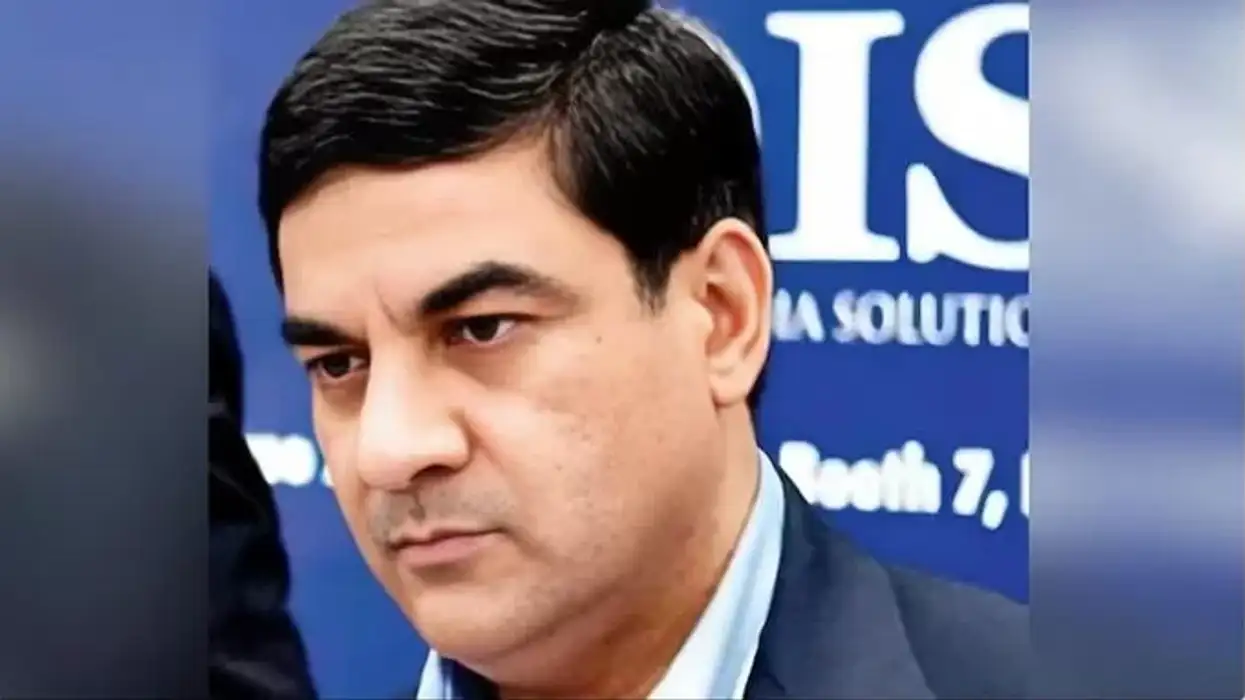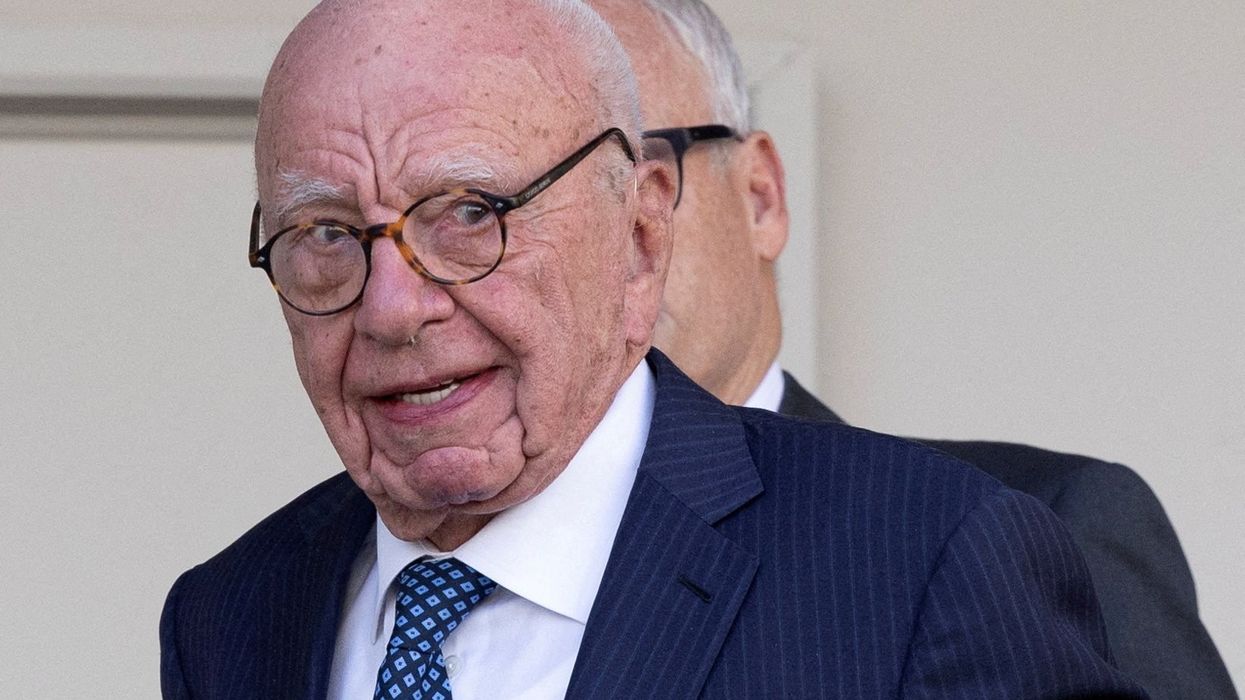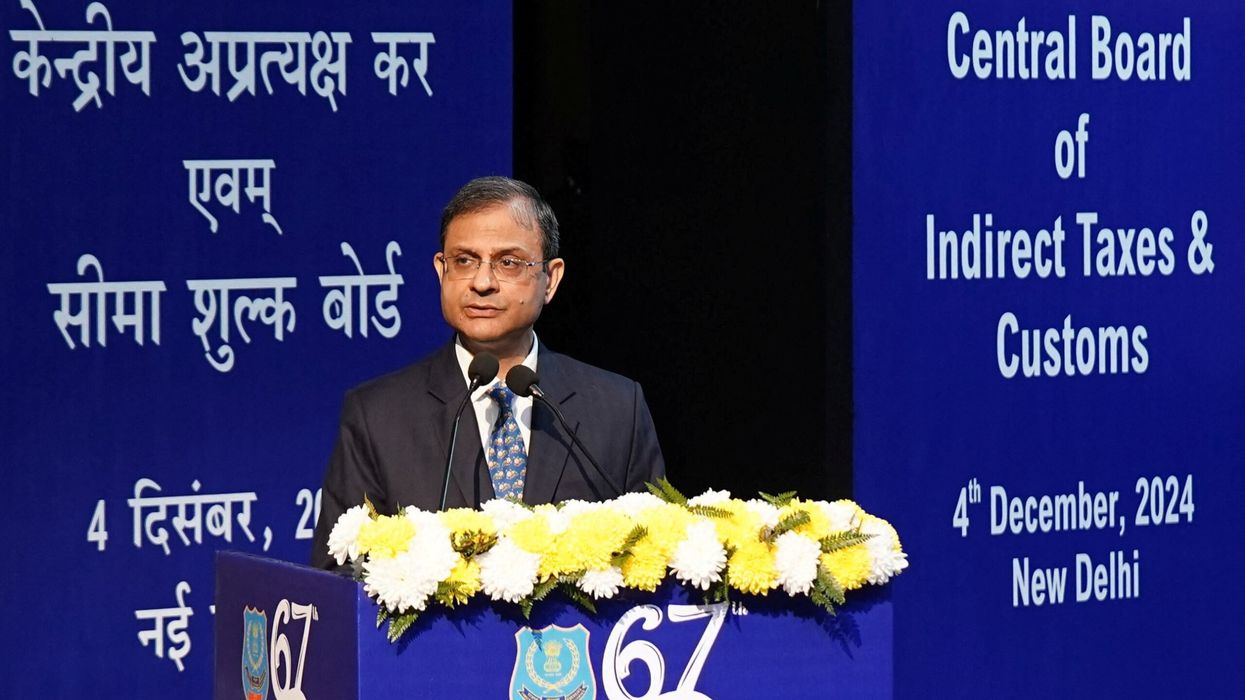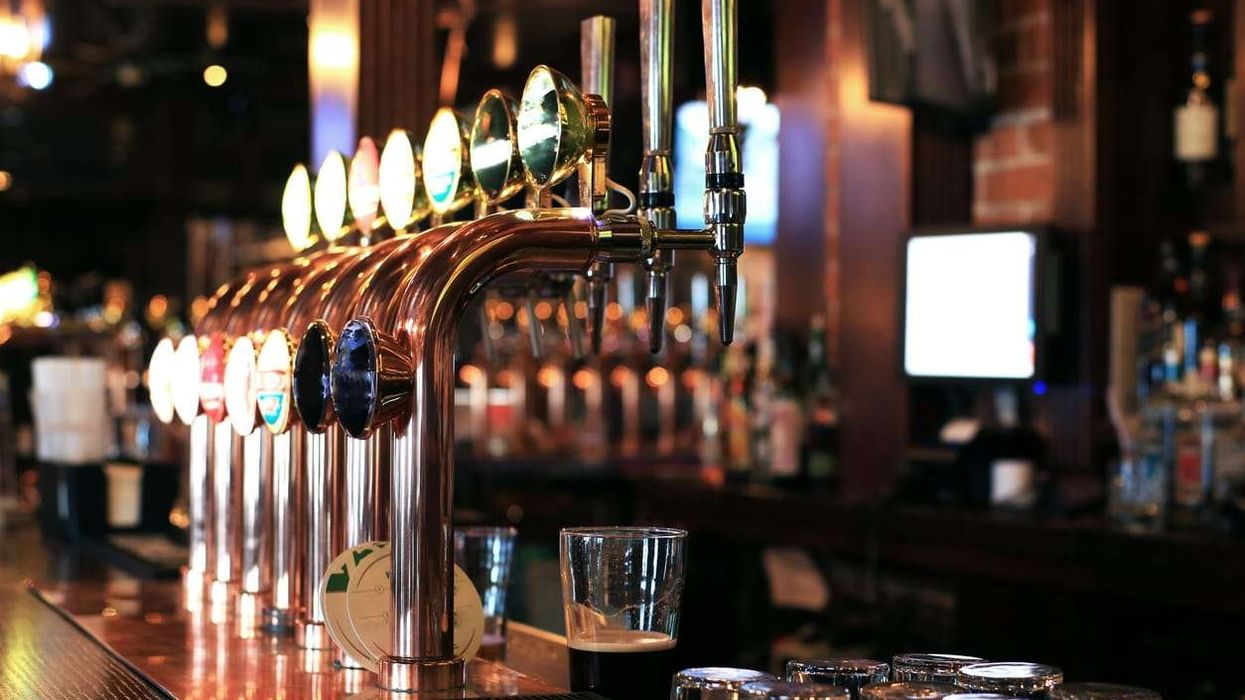A FORMAL inquiry was launched by Britain's competition regulator on Tuesday(8) into the acquisition of supermarket group Asda by the Issa brothers and private equity group TDR Capital.
In October, Mohsin and Zuber Issa and TDR agreed to buy a majority stake in Asda from U.S. giant Walmart in a deal giving the chain an enterprise value of $8.8 billion.
At the time Walmart said it expected the Competition and Markets Authority (CMA) to consider the deal.
The CMA said on Tuesday it had invited interested parties to comment by December 22 and set a February 18, 2021, deadline for a 'phase 1' decision.
Last year, Walmart's attempt to sell Asda to rival Sainsbury's for £7.3 bn was thwarted by the CMA but analysts see few problems with the latest deal.
Issa Brothers were made CBEs in the Queen’s birthday honors list for services to business and charity after turning EG Group into a network of almost 6,000 forecourts across 10 countries over the past 20 years.
Just a few weeks after announcing the Asda deal, the brothers have sold a stake in their EG Group to two Canadian pensions funds and Abu Dhabi’s sovereign wealth fund.












